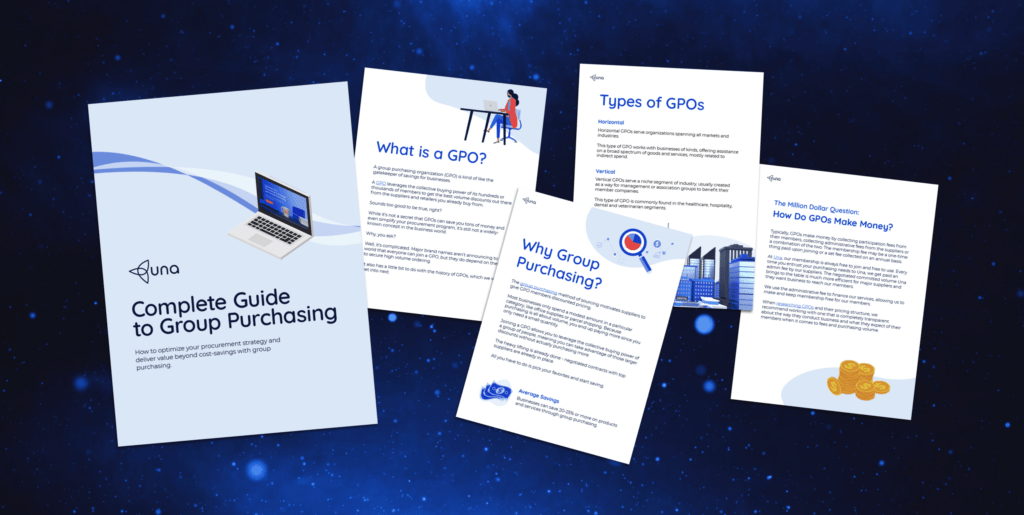Procurement Automation: 5 Tasks You Should be Automating
By Hugo Britt | June 3, 2021
Imagine your procurement team has been allocated a budget of $10 million to manage the development and construction of your organization’s new office complex in San Francisco.
“That will be plenty,” you think to yourself as you look over the initial cost projections.
But in the weeks that follow, you realize that your organization’s outdated and complex manual processes are threatening to blow your budget. With long cycle times, slow contracting processes, and a lack of transparency, there’s no way you’ll get the project completed in time and on budget.
If only you were able to say goodbye to paper-based procurement for good, and embrace automation to its fullest. You’d soon reduce procurement cycles, save money, improve efficiency, and reduce supplier risk.
Fortunately, in today’s world, procurement automation isn’t a pipe dream.
Why procurement automation?
Procurement automation takes on the most repetitive and time-consuming sourcing tasks and replaces clunky and outdated manual processes. As a result, procurement professionals can allocate their limited resources to more business-critical and value-adding activities.
Below, we outline five procurement tasks you could (and should!) be automating right now.
1. Contract management
Manual contract management is typically unstructured, inconsistent, and chaotic. This means that identifying specific contracts and monitoring progress can be a huge and unenviable challenge for procurement professionals. Automation can be introduced at various stages of the contract management cycle to achieve a significantly more streamlined process.
First, contract management software can be used for milestone monitoring, helping to keep tabs on all crucial dates and deadlines.
Second, procurement automation can handle contract reporting, a frequently overlooked but crucial part of contract management. Accurate reporting provides procurement with important learnings, such as identifying high-risk clauses that could prove costly to an organization. Most contract management software allows users to choose which metrics they want to report on and how regularly to reduce reports.
Additionally, automation simplifies the contract signing process, a stage in the cycle that all too often results in major delays. Electronic signature tools reduce the risk of sensitive information being leaked and automatically move the agreement from one signer to the next.
Finally, automation provides consistency across the organization and reduces errors.
2. P2P automation
Juggling purchase requests, purchase orders, invoices, RFPs, and RFQs, is enormously time-consuming.
Clunky and hierarchical approval structures, for example, often see purchase requests getting stuck somewhere within the P2P cycle. By automating the process, orders are placed much more efficiently, unnecessary steps in the cycle can be eliminated and staffing costs are reduced.
In addition, key stakeholders including the CFO have better visibility into how the organization is spending money, which makes it easier to tackle maverick spend and identify areas of overspending.
3. Invoice management
Manually processing invoices is time-consuming and increases the chances of error. If it’s not misplaced receipts or submission delays, it’s maverick spending, sprawling spreadsheets, and a lack of transparency. All of these factors often result in late payments and compliance issues.
As long as an organization has high-quality structured data, leveraging an RPA program can reduce the time spent processing an invoice from several hours to a matter of minutes. In this instance, RPA works to replace repetitive human activities with a definable and rules-based robot with features such as touch-free auto-approval.
This type of program integrates with an organization’s existing tech stack and does not require the alteration or expansion of existing infrastructure and systems.
4. Spend analysis
Automated spend analysis software can analyze large batches of spend data to produce better visibility into an organization’s spending. As a result, the insights gleaned will be organized, classified, and accessible for the relevant business stakeholders.
Other benefits of automated spend analysis software include:
- It provides consistency in buying processes across the organization, which in turn enables better quality spend analysis.
- It saves time and effort, freeing up time for procurement professionals to focus on innovation and other value-adding tasks.
- Better data analysis improves business performance and reliability, which helps an organization maintain a competitive advantage.
- In streamlining business processes, procurement teams can eliminate unnecessary tasks and optimize the flow of information between production, service, billing, and collection to significantly reduce costs.
5. Supplier risk management
In the current climate, risk management has become a top priority for sourcing heroes. The supply chain disruption caused by COVID-19 served to reinforce the importance of robust risk mitigation strategies, including the careful vetting and managing of the supply base.
Automating supplier risk management processes can reduce risk at every stage of the procurement process whether the challenge is lack of reliability or compliance, late deliveries, quality control, or supplier bankruptcy.
Most organizations don’t have the resources to conduct proper due diligence on every third and fourth-party supplier. A vendor management system not only automates and streamlines the vetting process but will continually monitor your supply base to identify risks.
Not ready to take the leap into automation? Another way to save money, time and effort is to partner with a Group Purchasing Organization. Contact Una to learn more.




